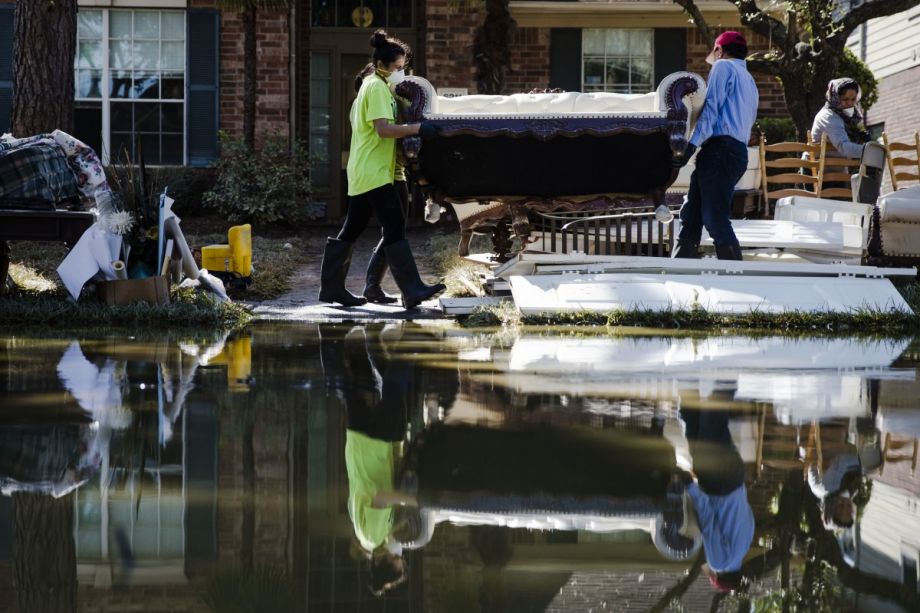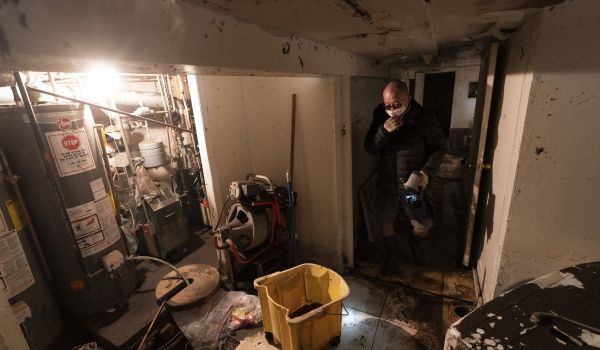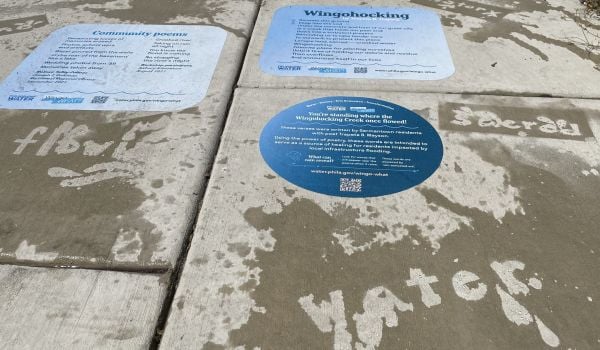How many monster storms does it take for us to realize “freak occurrences” such as Hurricane Harvey are part of the new normal due to warming water and land — with the devastating consequences exacerbated by aging and inadequate infrastructure and unfettered development?
Our vulnerable coastlines are dotted with cities packed with people surrounded by concrete, turning hazards like Harvey into disasters because of what we build in their way and how we build it. Houston’s land use planning makes it a complicated case study, as has been covered by news outlets since the storm, but in the end, what we really need is “resiliency” in our cities, neighborhoods and communities to help them respond and recover in the face of storms, flooding and extreme temperatures.
Resiliency is not a new term and many localities already understand its importance, but there is much more to be done.
Infrastructure That Helps Instead of Hurts
Green infrastructure, using natural surfaces to capture, hold and filter rainwater where it falls, builds resiliency by not only helping to better manage storm-water runoff, but bringing added open land and green space to our cityscapes. That improves quality of life in addition to limiting sewer overflows into clean-water systems, offering more protection against storm-surge and flooding, better defense against sea-level rise, and protection of people and property. All of our cities, including (and especially) Houston, could use more of it.
Better, green infrastructure isn’t just about flood mitigation either. It contributes to better health and air quality, lower demand for energy, lower capital costs, and increases recreational and strongly supported shared community space. It also attracts business and investment.
Some developers and jurisdictions will complain that proactive approaches are more expensive or restrictive, and supporters of continuing to keep planning to a minimum after Harvey hold Houston up as a model for affordable housing in the U.S. But those arguments have plenty of counterarguments, and not including flooding costs in housing is one of them.
What does save money is mitigation against storms — some $1.2 billion a year, according to federal calculations, and every dollar spent on climate resiliency saves $4 to boost local economies.
A key to better rebuilding also includes flood protection standards that were recently rescinded by the Trump administration. Two agencies that will lead the post Harvey recovery, FEMA and HUD, had regulations pending to implement these standards. But President Trump pulled the plug. If those regulations had been finalized, tens of billions of dollars in federal funds would have been required to build a higher margin of safety into the reconstruction effort, protecting areas affected by Harvey from future storms. But now, we’ll likely rebuild to the identical standards that helped create this disaster.
Learning From the Past
Still, Harvey’s extremes will teach us a lot, and, of course, what was wrought could not have been completely avoided by any amount of urban planning. As the city’s residents struggle to recover, we’re with them and hope that what we learn will help us avoid the worst of what happened in other cities and regions.
I was closely involved with the recommendations after Superstorm Sandy less than five years ago. We discovered then that there were more than eight federal agencies involved in the effort, making communication and effective, efficient response a challenge.
We’re seeing more interagency collaboration now as a result of Sandy and we’ll hopefully see some of our other recommendations reinforced, especially regarding low-income housing. These include support for residents, the use of technology and web interfaces for data-sharing and accessing relief programs, quick disbursement of grants, flexible staffing, additional low-income housing tax credits, the trimming of red tape, and the sharing of best practices among state and local governments.
In addition, and I can’t stress this strongly enough, the federal government needs to prioritize adaptation as a strategy for containing disaster effects and recovery costs, including making it a requirement for receiving future federal infrastructure funding.
As I’ve said before, infrastructure isn’t just about superhighways, mega-airports, and bigger bridges and tunnels. In fact, some of those things are part of the problem — by dividing neighborhoods, displacing people, and, yes, creating flooding.
Equity in Action
From all indications, Harvey has hit both rich and poor neighborhoods with equal force, resulting in what is above all a humanitarian disaster, but we know that low-income neighborhoods are usually the slowest to receive assistance in rebuilding.
Nearly 30 percent of Houston residents live below poverty level, and they need to be accounted for and prioritized when it comes to recovery. To relegate them to the cheapest and most flood-prone land in substandard housing only helps create the next storm disaster.
Harvey is a catastrophe, no doubt, though we may need to come up with an even stronger description for what is being suffered globally due to the effects of climate change. There are proven strategies to help save our vulnerable cities, if only our leaders will listen.
This op-ed was originally published by NRDC.
Shelley Poticha leads NRDC’s Urban Solutions team, which advances strategies that create strong, just, and resilient communities. She works with local, national, and global leaders to make cities part of the answer to climate change while ensuring that all people can lead healthy, thriving lives. Previously Poticha was a senior political appointee in the Obama administration, where she led the federal Partnership for Sustainable Communities and launched the Office of Sustainable Housing and Communities at the U.S. Department of Housing and Urban Development.








_1200_700_s_c1_600_350_80_s_c1.jpg)







